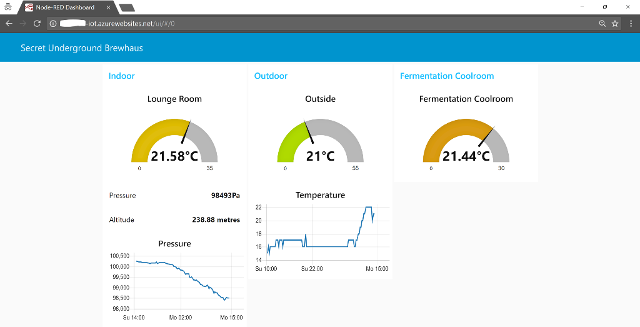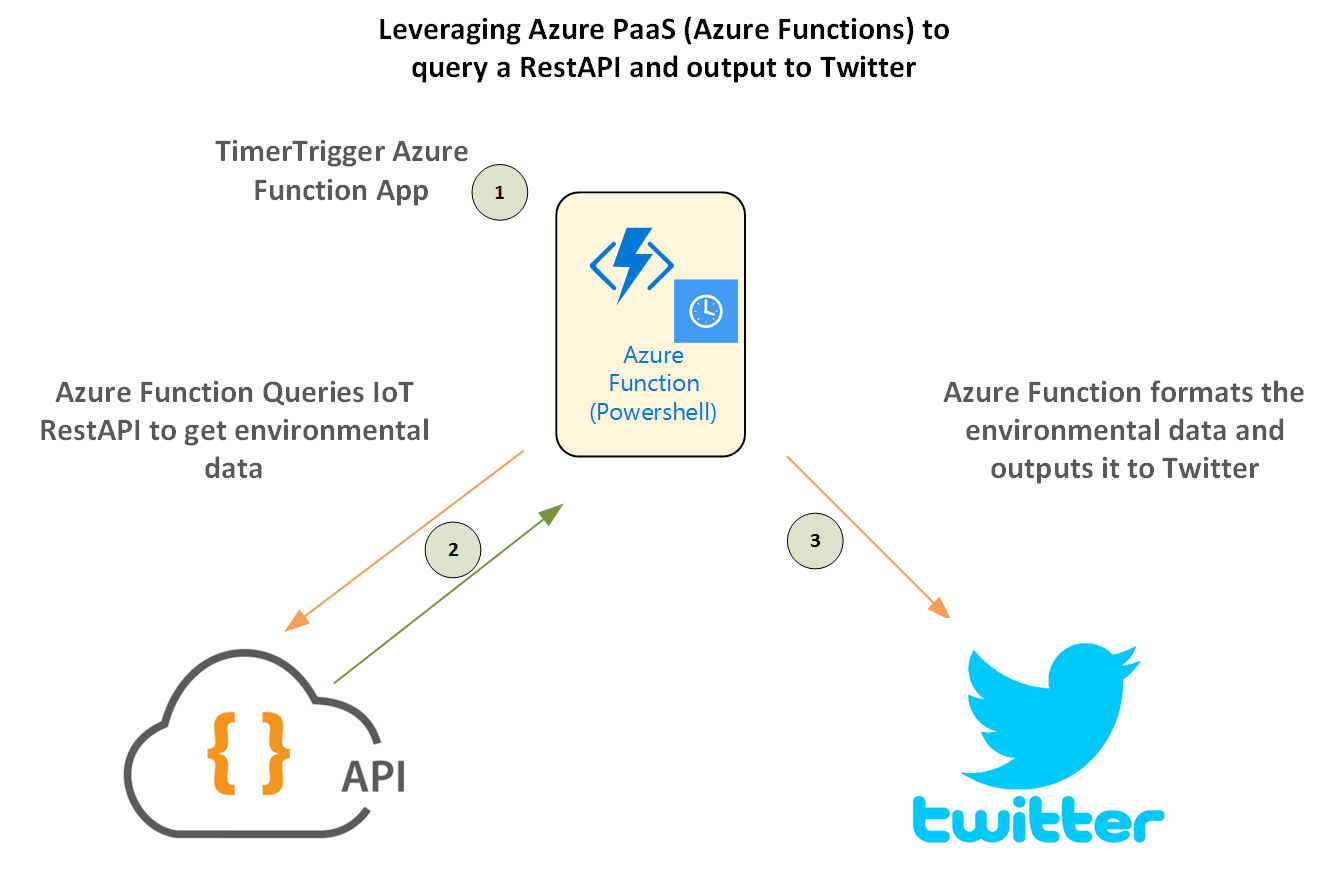
A quick start guide for Deploying and Configuring Node-RED as an Azure WebApp
Introduction
I’ve been experimenting and messing around with IoT devices for well over 10 years. Back then it wasn’t called IoT, and it was very much a build it and write it yourself approach.
Fast forward to 2017 and you can buy a microprocessor for a couple of dollars that includes WiFi. Environmental sensors are available for another couple of dollars and we can start to publish environmental telemetry without having to build circuitry and develop code.… [Keep reading] “A quick start guide for Deploying and Configuring Node-RED as an Azure WebApp”



